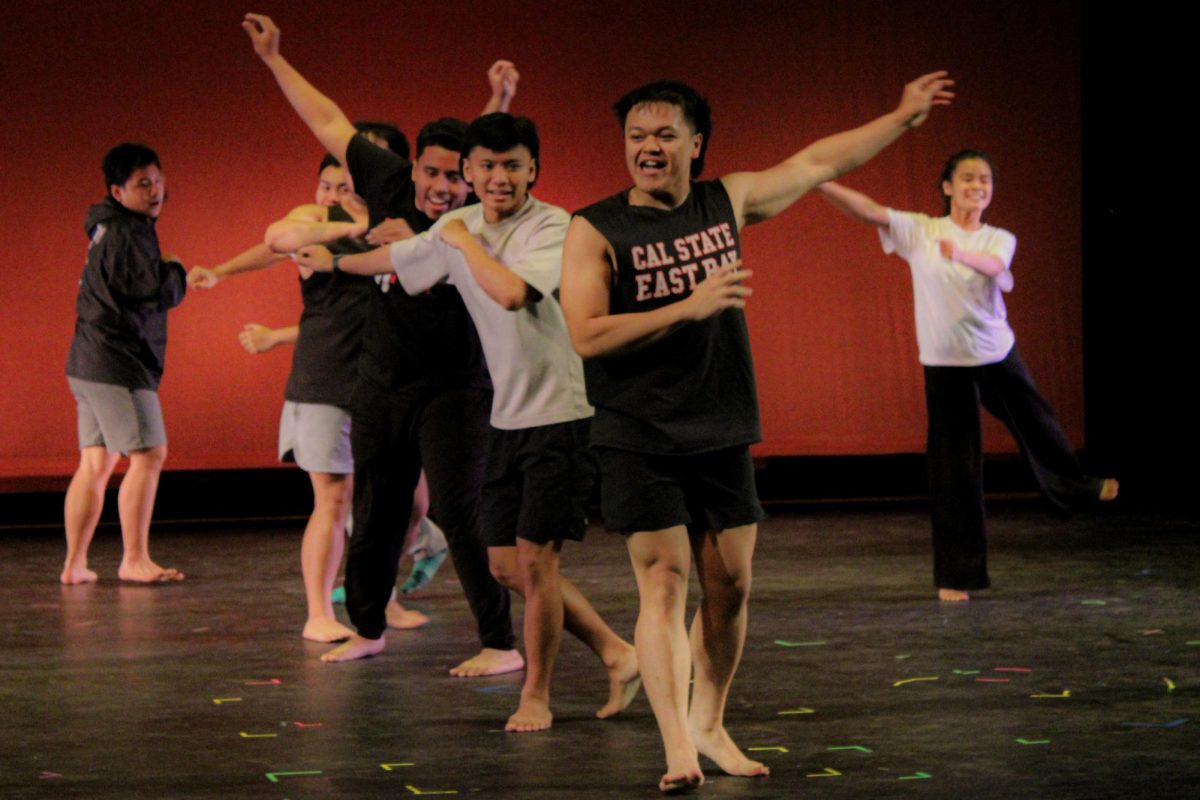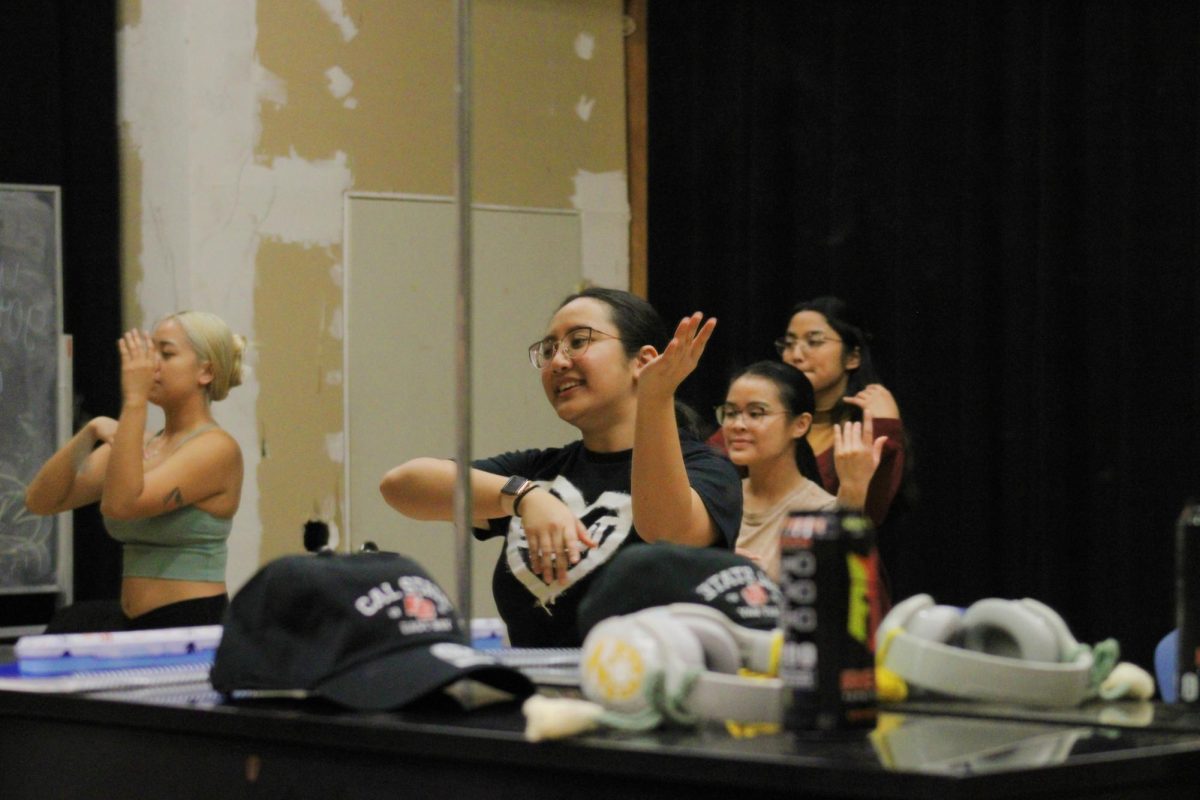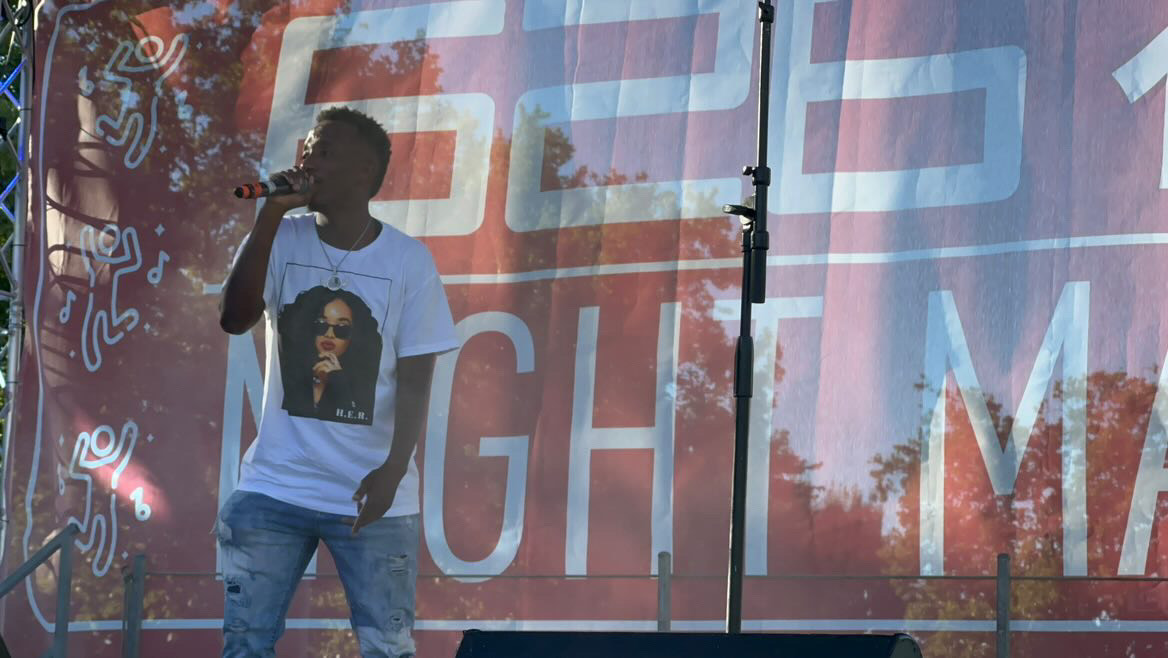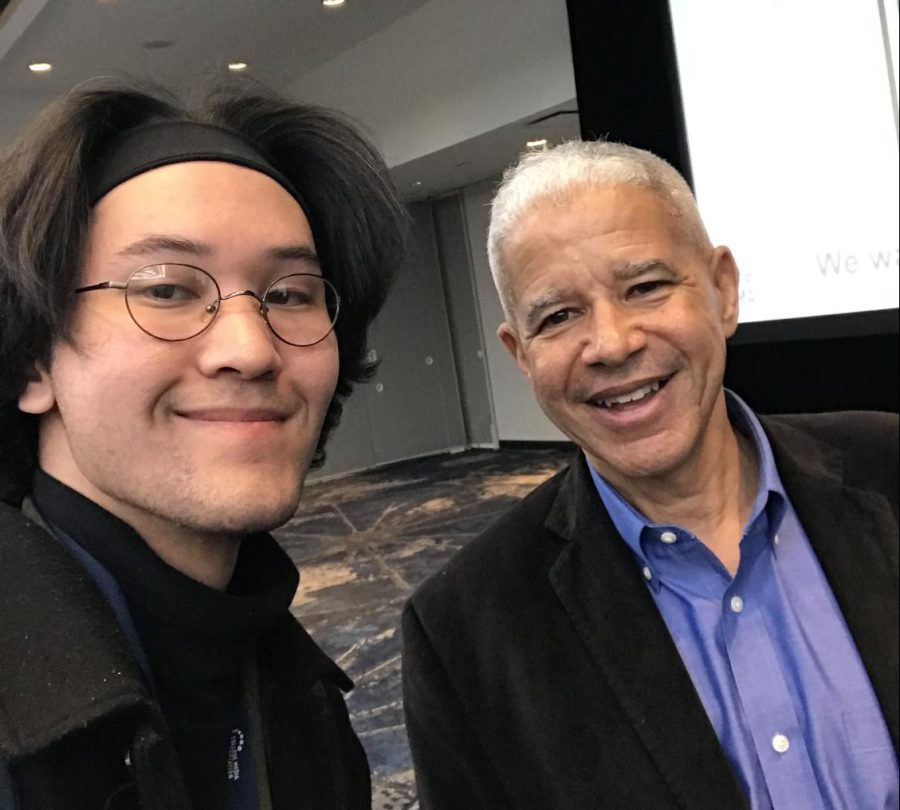Niles, a small neighborhood on the outskirts of Fremont, isn’t exactly a “normal” neighborhood.
Antique shops dominate any other businesses. Old-fashioned, rickety buildings line the main street, and Charlie Chaplin’s face seems to be everywhere. Whether you are finding old treasures in “Lost in the Attic,” or eating at the original, beloved pizza palace, Bronco Billy’s, Niles has a certain campy, twisted Mayberry-esque vibe that makes you want to learn more. The Niles Essanay Silent Film Museum on Niles Boulevard delves deeply into what kinds of activity and people inhabited this strange place.
“Essanay” was the name of one of the first ever film production companies. Essanay is a phonetic spelling of Geroge Spoor and Gilbert “Bronco Billy” Anderson’s last initials. They originally started up Essanay in Chicago, but in 1912, 52 of Spoor and Anderson’s staff decided to take the train out west for better weather conditions, which meant longer, more productive work days.
After hearing nothing but good things about Niles, Spoor and Anderson came down individually and agreed to move the company there full time. It is said that Spoor and Anderson decided on Niles for their filming and studio location because of the scenery and the closeness of the railroad, which could take and bring any supplies needed.
With local businesses supporting them, Essanay Film Manufacturing Company built a 200 ft. long studio in Niles in 1913, and the movies were produced quickly. Niles provided scenery for their movies, and it even provided people! Residents were used as stand-ins on movies, and even acted on occasion.
In 1914, Charlie Chaplin was signed by Essanay and was in four pictures, including the famous, “The Tramp,” which was shot in Niles Canyon. Chaplin only spent one year with Essanay—his contract didn’t get renewed because his salary requirements were too high.
Visitors can see Chaplin’s and other silent film star’s movies every Saturday night, where three silent movies with live piano accompaniment are shown for five dollars per person at the Edison theater, located in the back of the museum. The theater was the original occupier of the building, and throughout the years it has been several other things, until nearly six years ago when the theater was restored and the museum was created.
One of the most interesting and perhaps eerie places in this museum is the projection room on the second floor, where the films are set up every Saturday night. The projection room is filled with old cameras from the early 1900s, as well as bulky 1970s film projectors, which they currently use to show the films.
“The projection booth gives you a sense of awe. You realize how old this place really is,” said A.J. Mcevoy, a volunteer at the museum. “Charlie Chaplin and his whole crew watched movies here all the time.”
It feels quite odd to be in a place where a man that is only recognized in black and white walked around and watched movies with his friends.
The entire building itself is kind of special that way. One can almost feel transported to another time because of all the indicators of the presence of these people. A carving on the wall of the projection room says “spit in bucket,” to avoid tobacco mess, the hardwood floors have oil stains from where people coming to the studio would park their cars, and the floors creak with almost every step.
Whether you are interested in silent film production or not, the Niles Essanay Silent Film Museum tells about a part of the Bay Area’s unique and influential history that often goes unnoticed.











